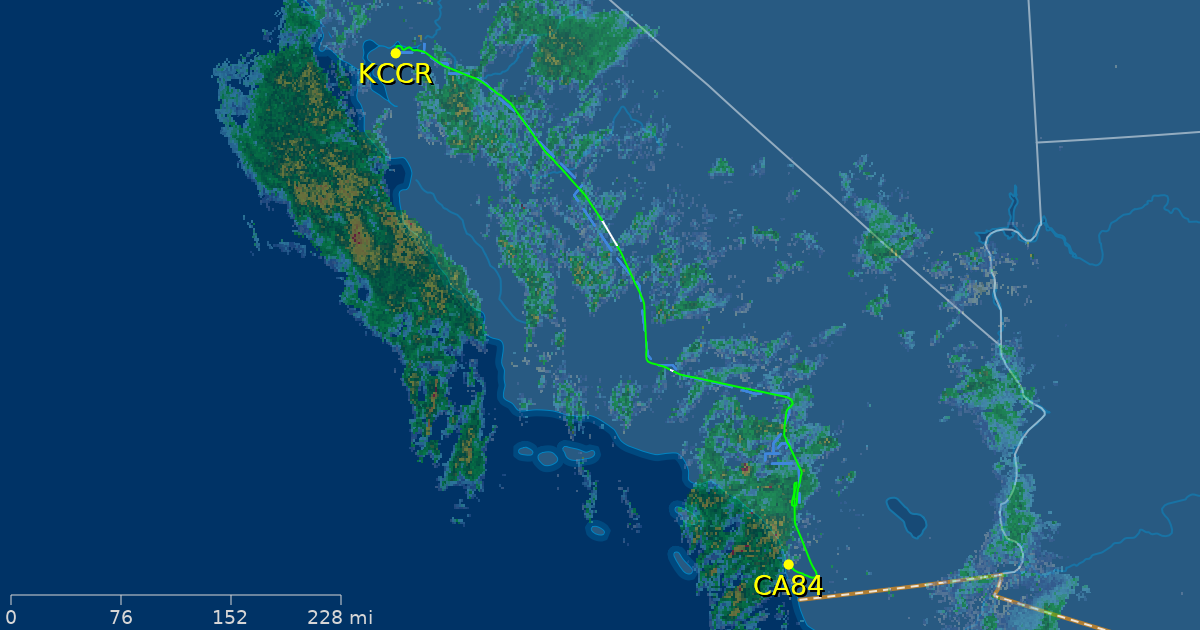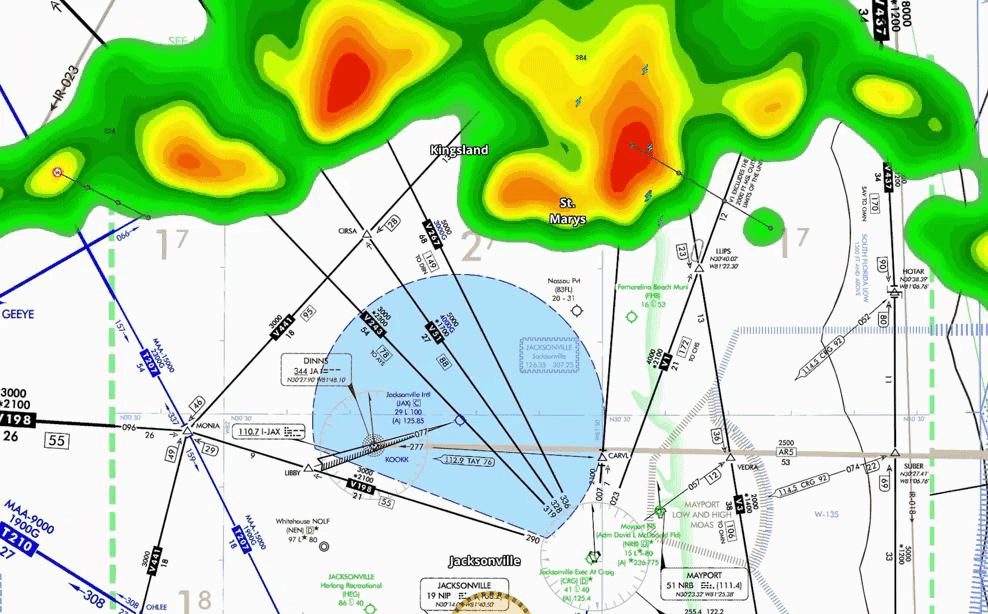donjohnston
Pattern Altitude
Sounds like IMC, went missed, and ran out of fuel. Not much news yet.

 www.flightaware.com
www.flightaware.com

 www.10news.com
www.10news.com
N1400 Flight Tracking and History - FlightAware
Track N1400 flight from Buchanan Fld to Torrey Pines

Homepage
Visit 10News.com for breaking San Diego news. Get local news, weather, traffic, sports, and entertainment & lifestyle from ABC 10 News. 10News - Stories that matter.



